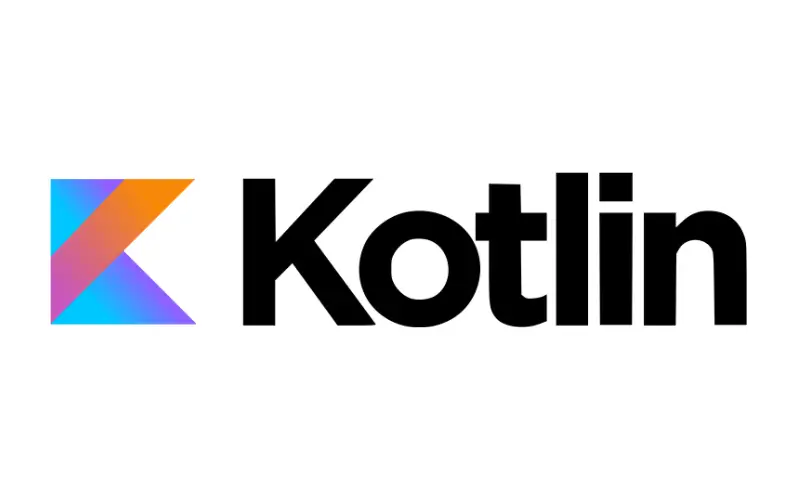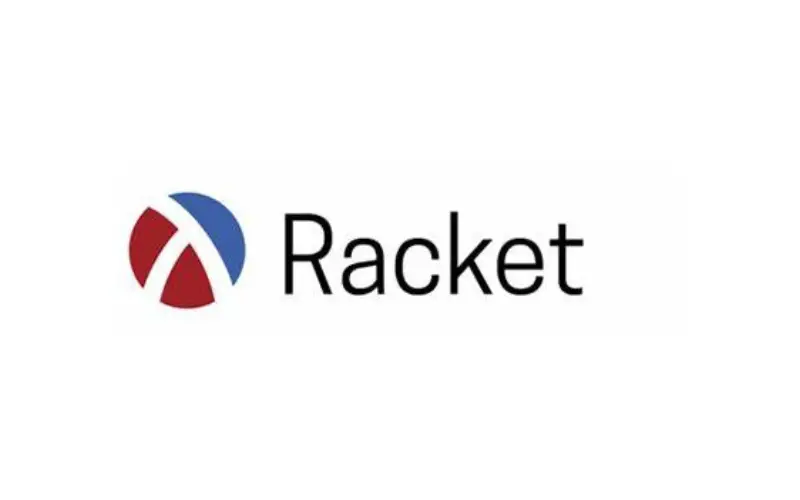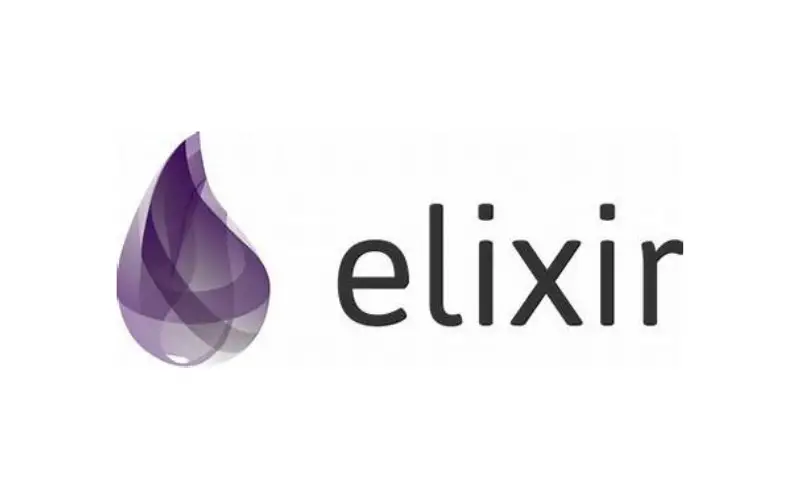In the IT sector, Learning and mastering at least one programming language is essential. Over the years, numerous coding languages have been introduced, and Many of these programming languages have stood the test of time. It is also still used in the IT industry today. To stay relevant and valuable in the future, it is crucial to select a programming language to master. This way, you can ensure your skills remain sought after and make contributions to the IT field. Here are the top new programming languages. Give them a try as your preference
1. Rust
Rust stands out as a programming language renowned for its emphasis on safety and performance. Its key advantage lies in its ability to prevent errors, such as crashes and security vulnerabilities. Rust excels in tasks that demand both speed and reliability, making it an excellent choice for developing operating systems or web servers. Moreover, it offers programming capabilities that enable studies to be executed easily. The Rust community has a reputation for being helpful and encouraging. Some tools assist in coding and simplify the learning journey. Gaining proficiency in Rust can open up job prospects in game development and web programming. If you have an interest in writing code, dedicating time to learning Rust would prove advantageous, especially by 2023.

2. Kotlin
Kotlin is a programming language that seamlessly integrates with Java. It boasts of being concise, highly readable, and compatible with existing Java code. By utilizing Kotlin, developers can minimize errors. Reduce the length of their code. It is particularly well suited for Android app development. Offers a range of user tools to simplify coding processes. Kotlin has garnered a community following. Provides ample resources for learning and support. If you already know Java, getting acquainted with Kotlin shouldn’t be difficult. Given its increasing popularity, considering Kotlin for your programming needs would be worthwhile.

3. Swift
Swift is a programming language created which was created by Apple for developing applications on iOS, Mac, watches, and TVs. Its main aim is to provide a user experience for reading and writing code, making it ideal for beginners. The syntax of Swift is clean and straightforward. It incorporates features like type inference and options to minimize errors. Additionally, Swift is known for its speed and efficiency, enabling developers to build high-performance apps. One notable advantage of Swift is its compatibility with Objective C, allowing developers to incorporate existing Objective C code into their projects seamlessly. Considering its popularity and the strong support it receives from Apple, Learning Swift presents opportunities in the realm of iOS app development while enhancing the user experience on Apple devices.

4. Racket
Racket is a programming language that caters to both beginners and experienced programmers. It offers a user environment for learning and exploring programming concepts. With its range of built-in functions and support for programming paradigms, such as functional and object-oriented programming, Racket is commonly used in educational settings to teach computer science. The Racket community is known for its supportiveness, providing documentation and tutorials to assist users in their journey.

5. Julia
Julia is a programming language that excels in computing and data analysis. It has gained popularity due to its speed and user-friendly interface. By incorporating the aspects of Python and MATLAB, Julia offers a platform for performing numerical computations. Its syntax is straightforward. It also supports computing, enabling quicker execution of intricate tasks. With a community and a wide range of packages tailored to scientific fields, Julia proves itself invaluable for professionals engaged in data analysis, machine learning, or scientific simulations. Its performance capabilities, and user nature, make it an enticing language worth exploring.

6. TypeScript
TypeScript is a programming language that adds type-checking to JavaScript. It helps catch errors before running the code and makes it easier to work with large codebases. JavaScript and TypeScript are meant to work together, so you can gradually adopt them in existing projects. It provides features like static typing, interfaces, and classes, which improve code organization and maintainability. TypeScript is widely used for web development, especially with frameworks like Angular and React. Learning TypeScript can enhance your JavaScript skills and make you more productive as a developer.

7. Dart
Dart, created by Google, is a programming language that finds its application in developing mobile, web, and desktop applications. It is known for its simplicity. How easy it is to learn. Dart boasts of readable syntax, making it an excellent choice for beginners. Additionally, developers can take advantage of the “Hot Reload” feature in Dart, which allows them to see real-time changes without restarting the application. It is often used alongside the Flutter framework for creating platform apps. Dart has a community. Offers impressive performance. If you have an interest in app development, exploring Dart would be worthwhile.

8. Elixir
Elixir is a programming language well known for its simplicity and ability to handle large-scale projects. It was introduced in 2011. Operates on the Erlang machine (BEAM). Elixir has been specifically designed to create resilient systems of concurrent and distributed computing. Drawing inspiration from Ruby, it incorporates features such as pattern matching and metaprogramming. Elixir finds usage in web development for crafting real-time applications and constructing scalable backend systems. With a community that provides support and a focus on performance, Elixir emerges as an appealing choice for developers seeking both productivity and reliability.

9. Crystal
Crystal is a programming language that combines the best features of Ruby and C. It’s known for its simplicity and performance. Crystal has a syntax similar to Ruby, making it easy to read and write. It compiles to native code, which means it can run very fast. Crystal also has a strong type of system that helps catch errors early. It’s great for building web applications, command-line tools, and high-performance software. Crystal has a growing community and a range of libraries available. If you’re looking for a language that’s both expressive and efficient, Crystal is worth exploring.

10.Elm
Elm is a programming language that is commonly used to build web applications. Its primary focus lies in providing simplicity, reliability, and ease of use. One of the features of Elm is its emphasis on preventing runtime errors through implementing a robust type system and immutability. Additionally, Elm offers a built-in architecture called Elm Architecture, which assists in organizing applications in a maintainable manner. The language itself includes a compiler that provides error messages. If you are searching for a web development language that prioritizes reliability and simplicity, I highly recommend exploring Elm.



















